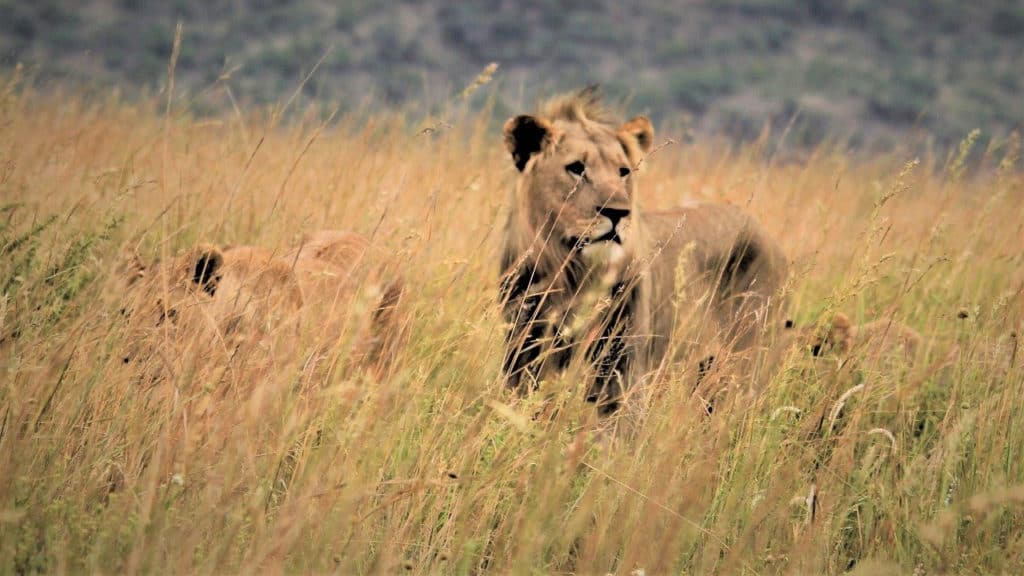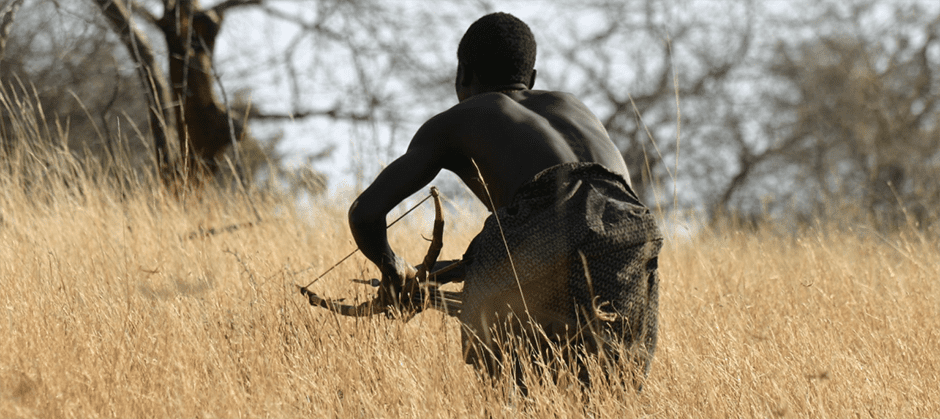Share this article
Wildlife and human neighbors behave similarly
People who live off the land, such as hunter-gatherers or foraging humans, tend to behave similarly to their wildlife counterparts when it comes to foraging, reproduction and even social interaction, researchers found.
Given that human societies function differently around the world, and that wildlife behavior can be just as diverse, the trio of researchers wondered if humans and animals sharing the landscape might have some things in common.
“By looking at the similarities of behaviors of mammals and birds and foraging humans who care a small, local environment, we can learn about the effects of the local environment on behaviors,” said Toman Barsbai, an associate professor of economics at the University of Bristol, and one of three authors on the study published in Science.
To conduct their research, they turned to already published datasets on animals and people throughout the world. They spent two years creating a database of the data and came up with 300 locations around the world where behaviors of foraging human populations and the surrounding animals were recorded. They looked at mammals, but also at birds, hoping that if they found similar behavior patterns, it would indicate the environment played an even stronger role.
“The basic idea was to understand whether the joint local environment might explain part of this local variation in behavior across very different species of mammals, birds and humans,” Barsbai said.

A lion stalks its prey. Credit: Nel Botha
The team grouped behaviors that were examined into three different categories — foraging, reproduction and social behavior. Overall, they found that for 14 of the 15 behaviors they investigated, humans and non-human species living in the same areas were similar.
“We started pretty obviously with correlations all focusing on foraging behavior, and we step-by-step expanded the dataset, and it was quite surprising for us that all the data we added generated very similar correlations,” Barsbai said.
In areas where humans hunted, for instance, they found more instances of carnivorous mammals and birds. Humans and wildlife also often engaged in similar seasonal migrations.
“It was more surprising that these similarities also hold true for other domains of behavior,” he said.

A BaYaka boy climbs a papaya tree for fruit. Humans use a variety of foraging strategies, shifting how they obtain foods in different environments. Credit: Sarah Pope
When they looked at reproduction, for example, they found that age of first reproduction was similar in animals and people. Around societies where males waited until later in life to reproduce, birds and mammals often did the same. The number of partners was also similar across species, as was the rate that females left their social group to reproduce elsewhere. And in areas where birds tended to mate for just a season, human societies had a higher instance of divorce.
Even social behavior showed correlations between humans, mammals and birds, including group size, the existence of social classes and the extent to which males help raise offspring and provide food.
“The fact that different species behave so similarly within a given environment points to the role of local ecology, which at least helps explain significant parts of variation in behavior,” Barsbai said.
The findings might not extrapolate to people who don’t live off of the land and rely on agriculture and supermarkets for their food, he said. “Having said this, there might still be a correlation for people like you and me. At least to a certain degree, with past behavior from one generation passed on to the next, it might be the case that specific behaviors persist and our behavior still reflects past adaptations to local environments,” he said.
Header Image: A Hadza stalks prey in the Lake Eyasi region of northern Tanzania. Researchers found areas where humans rely more on hunting also had more carnivorous mammals and birds. Credit: Brian Wood








